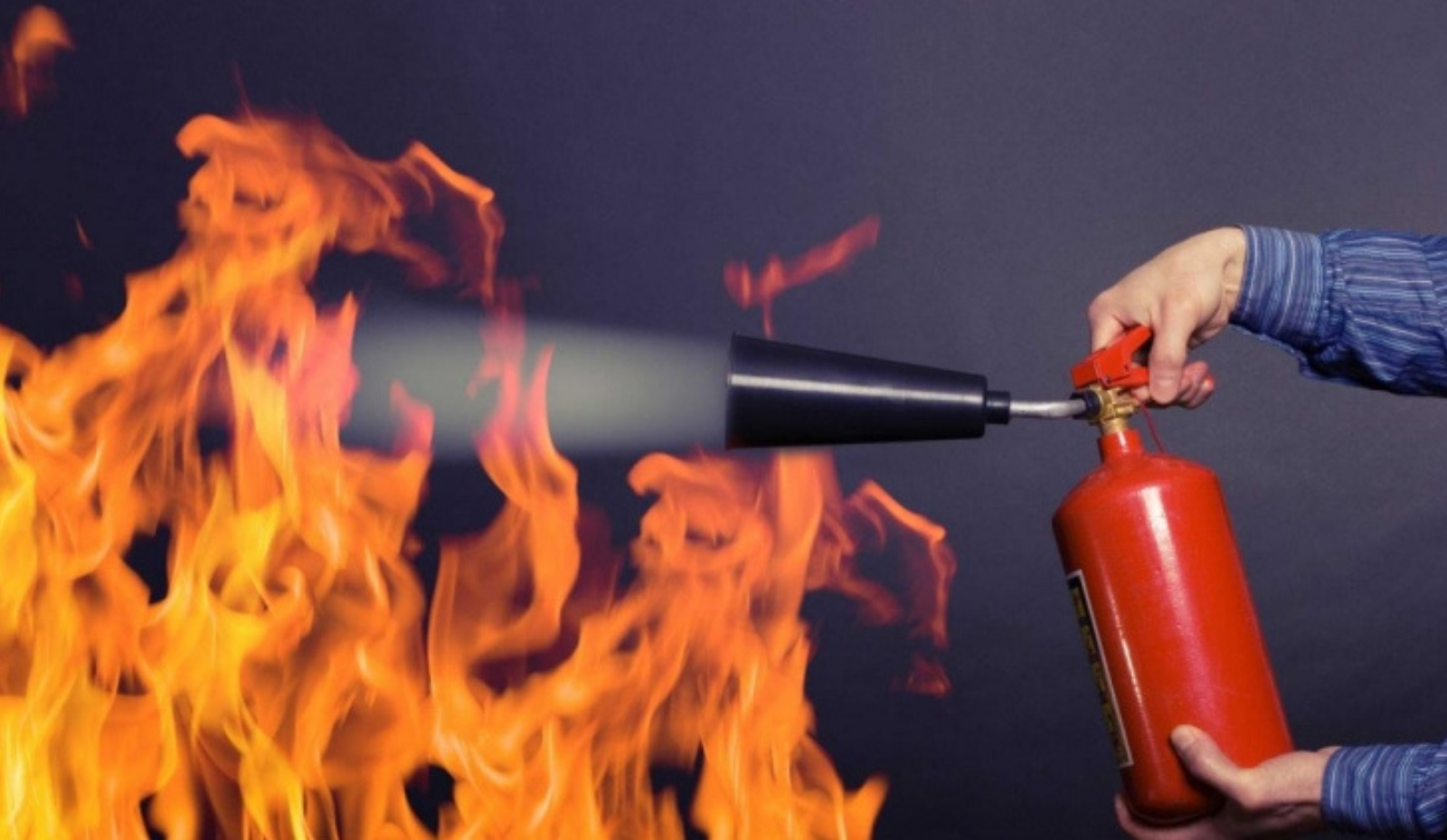A home caught by fire is one of the worst things that could happen to someone's life. It is years of hard work and tons of hard-earned money turned into ashes.
Nobody wants their years or decades' worth of blood, sweat, tears, and even memories all burned to the ground. But, of course, lives could be seriously at risk too. All the more reason to always practice fire safety at home and be well-equipped in the event of a fire.
This Fire Prevention month, with the rising heat and humid weather, it's best to be prepared and know the basics of fire safety and how to prevent house fires.
Photo Courtesy of Bancroft Fire Department
So, what really causes a fire?
The occurrence of a fire can be due to many things. It could be any of the things listed below:
1. Fire Hazards at Home
Fire hazards are what mainly causes and make the severity of a fire. These hazards are most of the time what we have in our house, such as flammable liquids, electrical appliances, etc. Heat and ventilation could also be factors.
2. Lack of Knowledge about Fire Safety
Responsible home ownership requires knowledge of things that would better your home and prevent incidents such as house fires from happening.
It's not only your responsibility to yourself but also to those around you, so you should reassess from time to time your knowledge and preparedness for this kind of event, or else the lack of it could be one of the reasons for it happening.
How to prevent it from happening?
Photo Courtesy of Marmic Fire and Safety
Here are some helpful tips to help you make sure your home is safe from fires!
Proper Cable and Gadget Management
Items like phones, laptops, and appliances must have a designated area or outlet to plug in.
AVOID OCTOPUS CONNECTIONS or plugging too many gadgets onto an outlet or extension cord. If unavoidable, keep an eye on your plugged devices and refrain from overcharging.
Decor and Furniture Fire Safety
While not all indoor decorations and furniture are fire-proof, you can make them a step closer to avoid getting caught on fire. One step could be painting your items with fire-proofing spray.
Another way is to remove any decor from places in your home that are potential fire hazards.
Know-Hows in Extinguishing Fires
Photo Courtesy of CPD Online College
A fire extinguisher is a standard for every home. While most residential homes have these, having an extra one around the house is handy, as water doesn't necessarily extinguish the fire in certain situations. This also applies to fire extinguishers.
Different types of fire extinguishers can tackle the different types of sources of fire. DTI has different classifications of fire extinguishers that would be useful should you need to purchase one for your home; refer to the table below:
It's also important to know what caused the fire or how it started so you would know how to put it out.
In an article on "The 5 types of fires and how experts say you should put them out" by Insider, they listed five types of fire: Classes A, B, C, D, and K.
1. Class A fires usually come from lit combustible materials like paper, wood, plastic, or cloth. These are easy to put out with both water and fire extinguishers.
Photo Courtesy of HASpod
2. Class B fires involve ignitable liquids such as gasoline, petroleum, paint, etc., which should strictly not be extinguished with water but with powder, foam, or carbon dioxide fire extinguishers.
Photo Courtesy of Gharpedia
3. Class C fires are prevalent as they are caused by anything that uses electricity as its source. Fires due to faulty wires and electrical appliances should be put out through carbon or dry fire extinguishers. The use of other extinguishers and water may worsen it.
Photo Courtesy of Gharpedia
4. Class D fires happen when a metal ignites due to a very high heat level, but only very rarely and are least unlikely to occur at home. But in the slightest chance of it happening, it is advised only to use a dry powder extinguisher.
Photo Courtesy of In2 Fire
5. Class K fires, also known as Class F fires, are most likely to happen while cooking since they are mainly caused by cooking oils left unattended in a hot pan. Using water to extinguish this type of fire may make it more severe. Instead, using a wet chemical extinguisher is advised.
Photo Courtesy of FireRescue1
If it's impossible to put out the fire yourself, immediately leave the area, as fires often worsen in 30 seconds. And remember to temporarily shield yourself with a dampened fabric as you escape from the fire scene.
For fire emergencies, immediately alert the authorities or call the Bureau of Fire Protection direct line:
(02) 8426-0219
(02) 8426-0246
While knowing how to extinguish fires is a huge advantage during emergencies, living in a community that actively looks out for your well-being at all times is even better.
At Empire East, homes were built ready and well-equipped for such events. A standard Empire East home includes fire safety features such as a fire alarm and smoke detection system.
In addition, each development has 24-hour CCTV and security monitoring, two fire exits per tower, an automatic fire sprinkler system, and a water reservoir with separate fire reserves to ensure the safety of every resident.
At Empire East, your safety is our top priority.
Learn more about Empire East developments' safety by visiting our website and following us on social media!
###












































 Empire East Highland City
Empire East Highland City
 The Paddington Place
The Paddington Place
 Mango Tree Residences
Mango Tree Residences
 Kasara Urban Resort Residences
Kasara Urban Resort Residences
 Covent Garden
Covent Garden
 The Rochester
The Rochester
 Pioneer Woodlands
Pioneer Woodlands
 Little Baguio Terraces
Little Baguio Terraces
 San Lorenzo Place
San Lorenzo Place








